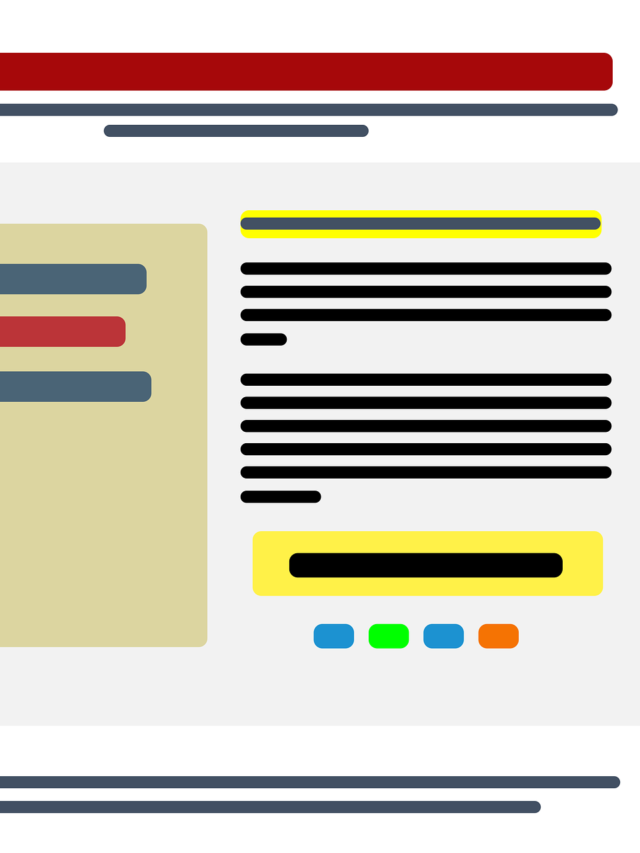Ads Coming to Google Search AI Overviews: What to Expect?

Google is planning to introduce ads into the AI-generated overviews in its search results. This marks a significant development in how users will experience search and how businesses can leverage Google’s search capabilities for advertising. Let’s break down what this means in simple terms and what you can expect from this change.
What Is AI-Generated Overviews?
Google’s search engine has evolved from merely listing links to providing quick, direct answers to user queries. This is often achieved through AI-generated overviews, which are summaries created by Google’s artificial intelligence to give users the information they seek without having to click on a link.
For instance, if you search for “how to bake a cake,” instead of just showing you a list of websites, Google might provide a short, concise guide right on the search results page. This is designed to enhance user experience by delivering fast and relevant information.
Introduction of Ads
Now, Google is planning to integrate ads into these AI-generated overviews. Here’s what you need to know:
How Ads Will Be Displayed?
Ads within AI overviews will likely be presented in a way that blends seamlessly with the organic content. However, they will be clearly marked as advertisements. This transparency ensures users can differentiate between paid content and the informational summary provided by Google’s AI.
Why Google Is Adding Ads?
Google’s primary revenue source is advertising, and integrating ads into AI overviews represents an innovative way to boost ad visibility. This move allows advertisers to place their products and services directly in the context of highly relevant information, potentially increasing engagement and conversion rates.
Benefits of Ads for Users
While ads can sometimes be seen as intrusive, Google aims to make this transition beneficial for users by ensuring the ads are relevant and useful. Here are some advantages:
- Enhanced Relevance: The ads shown will be highly relevant to the user’s query. For example, if you’re searching for “best running shoes,” the AI overview might include ads for top-rated running shoes.
- Convenience: Users can discover new products and services that are closely related to their search intent without having to look through multiple links.
Benefits of Ads for Advertisers
For businesses, this new ad placement offers several advantages:
- Higher Visibility: Ads placed within AI-generated overviews will be among the first things users see, ensuring high visibility.
- Targeted Advertising: The relevance of the ads to the search query can lead to higher engagement rates. When users see ads that match their immediate interest, they are more likely to click on them.
- Competitive Edge: Being featured in AI overviews can give businesses a competitive advantage, especially in highly competitive markets.
Potential Challenges
However, this development also comes with potential challenges:
- Ad Fatigue: There is a risk that users might become frustrated with too many ads, which could lead to a negative experience.
- Quality Control: Google will need to ensure that the ads do not compromise the quality and reliability of the AI-generated overviews. The balance between providing useful information and showing ads will be crucial.
User Control and Transparency
Google is expected to maintain a high level of transparency and control for users:
- Clear Labeling: Ads will be distinctly marked to differentiate them from organic content.
- User Feedback: Users will likely have the ability to provide feedback on the relevance and quality of ads, helping Google to refine and improve the system.
The integration of ads into Google’s AI-generated overviews represents a significant shift in how search results are presented and monetized. While it offers numerous benefits for both users and advertisers, it will be crucial for Google to manage this change carefully to maintain user trust and satisfaction. By ensuring ads are relevant, clearly marked, and integrated in a way that complements the search experience, Google aims to enhance the value of its search engine for everyone involved.
FAQs on Ads Coming to Google Search AI Overviews:
AI-generated overviews are concise summaries created by Google’s artificial intelligence to provide quick answers directly on the search results page. They aim to give users the information they seek without needing to click on a link.
Ads will be seamlessly embedded within the AI-generated content but will be clearly marked as advertisements. This ensures that users can distinguish between paid content and organic information.
Google is adding ads to monetize the AI-generated overviews and to provide advertisers with a new avenue for reaching potential customers in a highly relevant context. This move aims to boost ad visibility and engagement.
Yes, the ads will be highly relevant to your search queries. For example, if you search for “best running shoes,” the ads shown within the AI overview will likely feature running shoes.
Users will benefit from seeing ads that are directly related to their search queries, potentially introducing them to new products or services that match their interests and needs. This adds convenience and enhances the search experience.







